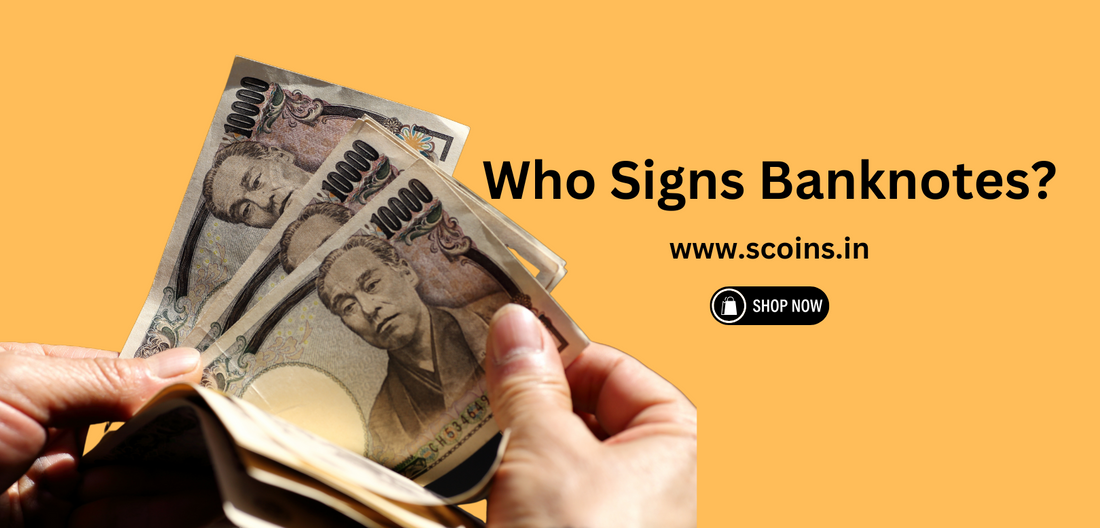
Who Signs Banknotes?
When you take a closer look at any banknote, you will notice a signature printed on it. Have you ever wondered who signs banknotes and what significance their signature holds? In this blog, we will explore the authority responsible for signing banknotes worldwide and why it matters.
Why Are Banknotes Signed?
A signature on a banknote is more than just a formality. It represents authenticity, trust, and the backing of a country’s central bank or monetary authority. The signature signifies that the issuing authority guarantees the value of the currency, making it a legal tender for transactions.
Who Signs Banknotes in Different Countries?
The obligation of signing banknotes varies from country to country. Right here are some key examples:
- United States: The Secretary of the Treasury and the Treasurer of the United States sign U.S. dollar bills.
- India: The Governor of the Reserve bank of India (RBI) signs Indian Rupee banknotes.
- United kingdom: Banknotes issued by the bank of England are signed by means of the chief Cashier.
- European Union: Euro banknotes undergo the signature of the President of the European central bank.
- Canada: The Governor of the bank of Canada signs the Canadian dollar banknotes.
- Australia: The Governor of the Reserve bank of Australia signs Australian dollar banknotes.
How Regularly Do Banknote Signatures Change?
Signatures on banknotes alternate whilst there's a transition in leadership. As an example, while a new significant bank governor or treasury professional is appointed, newly issued banknotes can also bring their signature. But, older notes with preceding signatures continue to be legal tender until officially withdrawn from circulation.
Does the Signature have an effect on a Banknote’s price?
For normal transactions, the signature does not have an effect on a banknote’s cost. But, for numismatists (currency collectors), certain signatures can make a banknote rare and valuable. Limited-edition banknotes, first-trouble signatures, or notes signed by means of historically considerable figures may also fetch high prices in the collector’s market.
Conclusion
The signatures on banknotes symbolize trust and legitimacy, reinforcing the credibility of a nation’s currency. Whether you’re a currency collector or just curious about money, understanding who signs banknotes can provide deeper insight into the financial system and numismatics.
For collectors and enthusiasts, rare banknotes with unique signatures can be valuable assets. If you’re interested in collecting old and rare banknotes, explore Scoins India for authenticated numismatic treasures!
